Exploring the Art and Science of Film Lighting Techniques
Film lighting is one of the most crucial components in the filmmaking process, acting as both a technical necessity and an artistic tool. It shapes the viewer’s perception, evokes emotions, and defines the mood of cinematic storytelling. From the high-contrast shadows of film noir to the soft, natural ambiance of romantic dramas, lighting techniques in film are a vibrant palette for filmmakers to paint their stories. This article delves into the foundational concepts and creative decisions behind various film lighting techniques, illustrating how they enhance storytelling.
The Importance of Lighting in Film
Lighting is to film what color is to painting. It serves not only to illuminate the scene and its subjects but also to contribute to the storytelling by highlighting certain aspects of a scene or character. This intricate balance between visibility and shading is critical because lighting directly affects the mood and atmosphere of a film.
Good lighting can add depth, shape, and focus to a visual narrative, guiding the audience's eye and attention to where the director wants them to focus. Conversely, poor lighting can distract or disengage viewers, breaking the immersion that filmmakers strive to create.
Key Lighting Techniques in Film
There are numerous lighting techniques employed in filmmaking, each with its unique effect on the scene and audience experience. Understanding these techniques is essential for filmmakers and cinephiles alike to appreciate the craft of visual storytelling.
Three-Point Lighting
Three-point lighting is the cornerstone of professional lighting setups and involves three sources of light: the key light, fill light, and backlight.
- **Key Light* This is the primary light source, typically placed to one side of the camera and subject, creating a shadow on the opposite side. It defines the subject with contrast and highlights.
- **Fill Light* Positioned opposite the key light, the fill light softens and extends the illumination provided by the key light by filling in shadows. This light is usually softer and less intense to avoid totally eliminating the shadows.
- **Backlight* Backlighting is placed behind the subject and serves to separate them from the background, providing a sense of depth in the scene.
Using these three lights, filmmakers can adjust the intensity and placement to achieve various moods and balances of light and shadow.
High-Key and Low-Key Lighting
High-key lighting is characterized by reducing the lighting ratio present in the scene, resulting in relatively low contrast between the brighter and darker areas. This technique is prevalent in genres needing a light, airy, or upbeat aesthetic, such as comedies or musicals. Soft lighting dominates high-key scenes, creating a pleasant and even mood.
Low-key lighting, in contrast, emphasizes shadows and strong contrast, creating an atmosphere of tension or gloom. This technique involves predominance of darker tones and shadows, making it a staple in thrillers, horror films, and dramas. The dramatic shadows and sharp contrasts evoke mystery and depth, enhancing the narrative intensity.
Hard and Soft Lighting
Hard lighting produces stark, well-defined shadows and highlights, drawing attention to particular details or textures within a scene. It is often used to emphasize the dramatic aspects of a narrative, creating a sense of unease or focus.
Soft lighting, on the other hand, is more diffused and gentle, wrapping around subjects in a way that reduces shadows and softens features. It's typically used for a more natural or romantic feel, lending warmth and approachability to characters and settings.
Natural and Motivated Lighting
Natural lighting involves using the natural light from the sun or moon. Filmmakers who prioritize a naturalistic look often rely on the inherent qualities of natural light, working with its available conditions to capture realistic settings. However, this requires meticulous planning and timing to ensure consistency and quality.
Motivated lighting is a method where light sources visible within the scene itself appear to illuminate the subjects, even though they may actually be bolstered by other off-screen lights. Examples include streetlamps, windows, lampshades, or candles, which help integrate the light source into the story world seamlessly.
The Symbolic Power of Lighting
Beyond mere illumination, light in films acts as a powerful symbol, conveying themes and emotions without words. Filmmakers like Stanley Kubrick, with his meticulous composition and lighting precision or Vittorio Storaro's vivid chiaroscuro contrasts, harness light as a narrative language. Chiaroscuro, the contrast between light and dark, is emblematic of moral or psychological conflicts, often used to portray internal struggles or the duality of characters' nature.
Moreover, colors in light are laden with emotional symbolism. Warm tones like reds and yellows can evoke warmth, passion, or tension, whereas cool blues and greens often signify calmness, detachment, or melancholy. Alfonso Cuarón’s use of monochromatic palettes and warm hues in "Roma" illustrate this principle beautifully, providing emotional depth and context to the story.
Lighting is indeed an intricate interplay of art and technology, requiring not only creativity but also a grasp of technical knowledge. For filmmakers, mastering these techniques can mean the difference between a visually compelling narrative and a flat or disjointed one.
In conclusion, lighting in film offers endless possibilities for creativity and expression. With solid knowledge of its principles, a filmmaker can manipulate light to serve the film's unique vision and style, enhancing the viewing experience and deepening the audience's connection to the story. As we continue to explore these techniques, we gain a deeper appreciation for the impact of lighting on the art of cinema.
Advanced Lighting Techniques and Their Impact
Having established the fundamental principles of film lighting, we now delve into more advanced techniques that provide filmmakers with the versatility needed for complex storytelling. These approaches not only elevate the visual quality of a film but also offer nuanced ways to reinforce thematic elements and character development.
Practical Lighting
Practical lighting refers to the use of lights that are visible within the film’s frame, such as lamps, televisions, or even candles. These light sources are often used as part of the scenery, setting a natural mood or atmosphere. The clever use of practical lighting can imbue a scene with authenticity, as it draws from the immediate environment, supporting the viewers' suspension of disbelief.
This technique challenges filmmakers to integrate these light sources with the overall lighting scheme cohesively. Directors like David Fincher often utilize practical lighting to build realism and intimacy while maintaining a polished aesthetic. It requires blending the visible light with other hidden sources to achieve the desired intensity and spread without compromising on quality.
Side Lighting (Chiaroscuro)
Side lighting is crucial when aiming to highlight form and texture, creating a sculptural effect on subjects. It casts dramatic shadows, enhancing the three-dimensionality of the scene. This technique is synonymous with chiaroscuro, a term borrowed from Renaissance art, where light and darkness are starkly contrasted to generate drama and focus, often used to suggest ambiguity, tension, or inner conflict.
The mastery of side lighting can breathe life into mundane settings, adding layers of depth and intrigue. Cinematographers like Roger Deakins utilize side lighting deftly, sculpting faces and forms to evoke mood and character emotion uniquely. The technique also serves to underpin thematic narratives, especially in genres that thrive on character complexity and moral ambiguity, such as noir, thriller, and psychological drama.
Silhouette Lighting
Silhouette lighting is an evocative technique that plays with outlines and shadows against brighter backgrounds, leaving the subject devoid of visible detail yet packed with potent emotion and intrigue. This style is effective when filmmakers intend to downplay physical attributes and focus on the action or emotion taking place, often adding a layer of mystery or symbolism to the narrative.
Silhouettes can evoke a range of emotions based on the context and movement within the frame, often used to signify power, isolation, or transition. Directors like Quentin Tarantino adeptly employ silhouette lighting to accentuate critical story beats, making the imagery striking and memorable.
Lighting Challenges and Solutions in Film Production
The journey toward captivating film lighting is not without its challenges. From fluctuating natural light to complex setup requirements on location, filmmakers often need to adapt and innovate continuously. Here, we explore some common lighting challenges and how filmmakers address them intelligently.
Adapting to Location Constraints
Location shoots often pose significant challenges due to the unpredictability of natural light and the limitations of equipment that can be transported. In such scenarios, filmmakers might employ bounce lighting techniques, using reflectors or white surfaces to redirect existing light onto subjects. This approach can enhance ambient effects without the need for heavy lighting setups, making it ideal for scenes shot in natural environments or cramped interiors.
The use of additional mobile and flexible lighting equipment can offer solutions in location shoots too. LED lighting panels, for instance, provide versatile and energy-efficient options for filmmakers seeking portability without compromising control over lighting quality.
Consistent Lighting in Changing Conditions
Achieving consistent lighting is critical for maintaining continuity across film scenes, particularly when production schedules involve shooting multiple days with varying weather and lighting conditions. Filmmakers often use color correction and grading in post-production to balance inconsistencies, ensuring seamless transitions across scenes shot under differing conditions.
However, preparation during pre-production can mitigate many issues. For instance, the use of controlled lighting setups that mimic natural light can provide consistency. Directors and cinematographers frequently utilize daylight-balanced lights to replicate sunlight, maintaining even lighting throughout the shoot regardless of external changes.
Budget Constraints
Budget limitations necessitate creative solutions in the realm of film lighting. Independent filmmakers and smaller productions must often find ways to innovate with minimal resources. Techniques such as using available light sources, repurposing everyday items as diffusers or reflectors, and leveraging free or low-cost post-production software for color correction, are all strategies employed by filmmakers working within tight budgets.
Loans or partnerships with equipment rental companies can also provide access to higher-quality gear necessary for achieving the desired lighting effects. Collaborations with film schools or professional cinematographers for consultation can provide expertise and resources that might otherwise be unavailable within budget confines.
Lighting as a Storytelling Medium
Film lighting transcends its technical role, serving as a narrative conduit that enriches storytelling. Light can define space, time, mood, or thematic depth in ways that dialogue or performance alone may not achieve. Renowned directors and cinematographers have mastered the manipulation of light, translating abstract ideas and emotions into visual metaphors.
By understanding and harnessing the full spectrum of lighting techniques—from simple to sophisticated—filmmakers amplify the emotional and visual subtleties that frame their narratives. Whether it’s the soft romance of golden hour sunsets, the chilling ambiguity of noirish shadows, or the energized backdrops of futuristic sci-fi worlds, lighting remains integral to the symbiosis of film as an art form.
In conclusion, film lighting is an elegantly nuanced craft—where artistry meets precision technology. By weaving together traditional and experimental lighting techniques, filmmakers can create captivating visual tapestries that invite audiences into new realms, where every shadow tells its own story. Through continued innovation in lighting, cinema will undoubtedly evolve, maintaining its powerful hold over the imaginations of diverse audiences worldwide.
The Role of Lighting in Genre and Style
Film genres often dictate the lighting style that will best support the narrative and emotional tone of the story. Directors and cinematographers tailor their lighting techniques to the specific needs of each genre, using them to reinforce the intended atmosphere and enhance the viewer's experience.
Action and Adventure
In action and adventure films, lighting is frequently used to amplify the dynamism and intensity of the scenes. Fast-paced sequences benefit from strong, directional lighting to create clear, high-contrast images that keep the audience engaged with the rapid movements on screen. Techniques such as hard lighting and high-intensity sources are often employed to enhance tension and excitement, emphasizing the characters' physicality and the drama of the action.
The use of color gels can inject energy into action scenes, with fiery reds and oranges often used to symbolize danger or adrenaline. Lighting setups are carefully planned to facilitate motion and fluidity, ensuring that each punch, explosion, or chase is vivid and impactful.
Romantic and Drama
Romantic and dramatic films often lean toward softer, more natural lighting to emphasize intimacy and emotional resonance. Soft lighting and diffusion techniques such as bounce lighting or the use of softboxes lend a gentle touch to the scenes, creating a warm and inviting atmosphere that complements the unfolding romances or emotional narratives.
In dramas, the nuanced play of light and shadow can echo the subtleties of character development and plot progression. The chiaroscuro technique, with its delicate balance of light and darkness, is frequently utilized to underscore internal conflicts or moral ambiguities, adding dimensionality to the storytelling.
Horror and Thriller
Lighting in horror and thriller films is a masterclass in creating suspense and fear. Low-key lighting, characterized by shadow-heavy compositions and sharp contrasts, is pivotal in setting an eerie and unsettling mood. Filmmakers use controlled lighting to obscure elements within the frame, playing on the viewers’ fears of the unknown.
The strategic positioning of lights can cast sinister shadows or reveal unsettling details, bolstering the tension and anticipation. Techniques such as silhouetting can conceal villainous figures, while flickering or sputtering lights add to the unpredictability of a scene, enhancing the fear factor.
Sci-Fi and Fantasy
In the realms of sci-fi and fantasy, lighting becomes a tool of imagination, creating ethereal or otherworldly landscapes. Bright, saturated colors and extensive use of backlighting can help construct futuristic environments or magical worlds, making them feel distinct and immersive.
Manipulating light with technological effects such as lens flares, glowing neon, or holographic displays plays into the futuristic aesthetic common in the genre. Iconic films like Ridley Scott’s "Blade Runner" have exemplified how intricate lighting designs can evoke a stark dystopian vision, combining both abstract and tangible elements to craft compelling narrative settings.
The Evolution of Lighting Technology in Film
Film lighting has evolved significantly over the years, driven by technological advancements that have continually expanded the creative possibilities available to filmmakers. As digital technology becomes increasingly sophisticated, it allows for greater experimentation and innovation in how films are lit and visually realized.
From Tungsten to LED
Tungsten lights, once a staple of the film industry, are gradually being supplanted by LED technology. LEDs offer numerous advantages over traditional tungsten lights, including lower energy consumption, reduced heat output, and greater flexibility in color temperature adjustment. This shift facilitates longer shooting durations and allows more nuanced control over the lighting environment.
The portability of LED fixtures, paired with their customizable nature, has democratized lighting, enabling independent filmmakers to achieve professional-quality results without the need for heavy and cumbersome equipment. They can easily be used in confined spaces and quickly adjusted, making them ideal for dynamic shooting environments.
Introducing Computer-Controlled Lighting
Computer-controlled and smart lighting systems have opened new doors for precision and consistency in film lighting. These systems allow lighting adjustments to be programmed and automated, enabling complex lighting cues to be executed effortlessly during shoot durations. This advancement not only streamlines production schedules but also increases the utilization of synchronized sequences and effects.
Computer-controlled lighting is particularly beneficial for large-scale productions, where consistent replication of lighting setups across multiple takes is crucial. This technology can also simulate natural variations such as changing daylight over long scenes, which is invaluable for maintaining visual continuity.
The Future of Film Lighting
The future of film lighting is marked by the pervasive integration of virtual and augmented reality technologies, as well as real-time rendering capabilities. Virtual production techniques allow for interactive lighting, where adjustments can be made in real-time as scenes are being conceived or adjusted. This creates an unprecedented level of control and flexibility for lighting designers, freeing them to explore creative possibilities without traditional constraints.
As more cinematic experiences migrate to VR and AR platforms, innovations in immersive lighting design will become increasingly important, inviting viewers into a film’s world in entirely new ways. Expect to see more integration of AI to predict optimal lighting setups, assisting filmmakers in achieving the desired visual effects with accuracy and efficiency.
The Art Continues
As we trace the continuing evolution and expansive role of lighting in film, it becomes evident that lighting is not merely a technical endeavor but a fundamental art form. It is a tool that lends itself to both innovation and tradition, at once grounding a film in its reality and offering flights of the imagination.
Understanding the subtle language of lighting allows filmmakers to tell stories with a rich tapestry of visuals that transcend the ordinary. Whether casting the gentle glow of a first love or plunging into the shadows of a troubled psyche, lighting remains a steadfast companion in the storytelling arsenal, illuminating the path forward for the art of cinema. As audiences, our appreciation deepens as we witness the mastery of light at play, forever central in the cinematic experience.

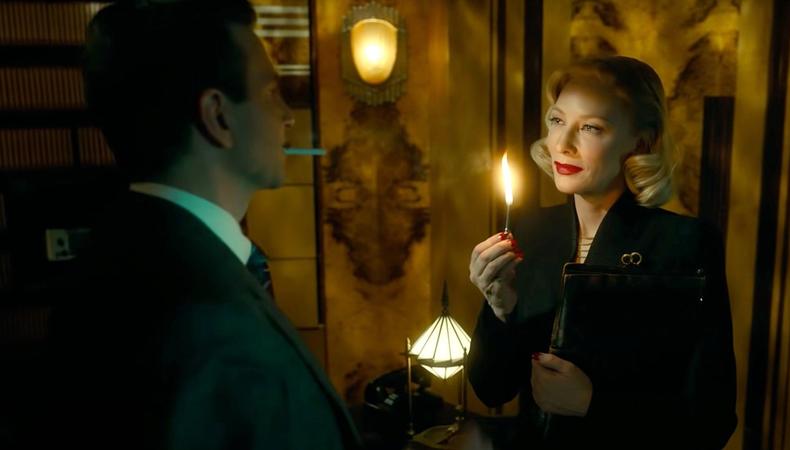

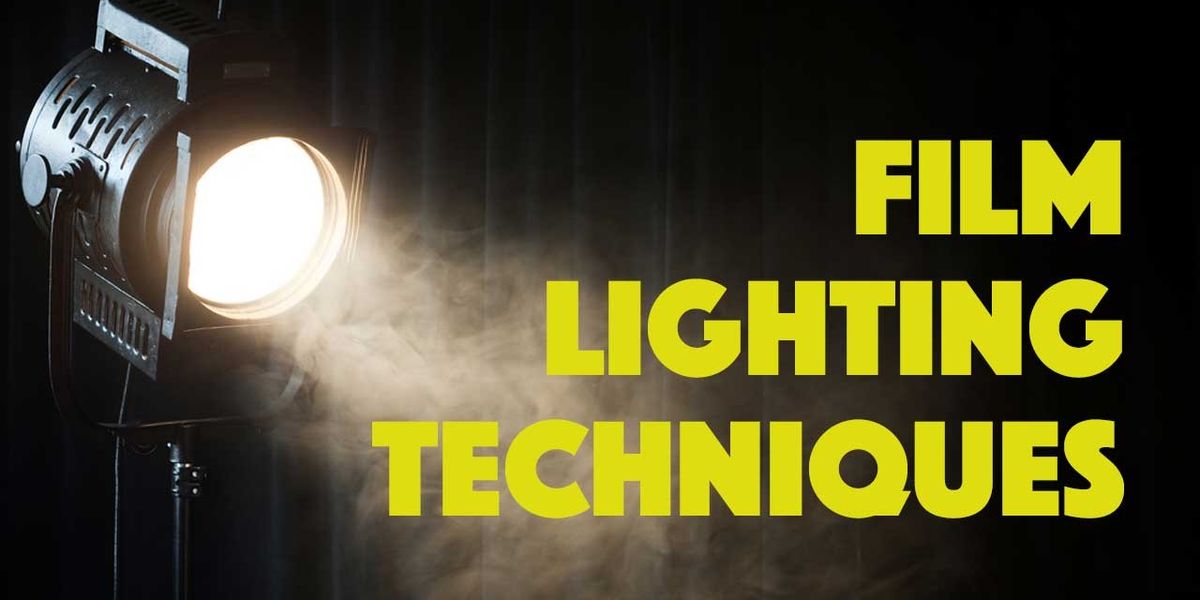
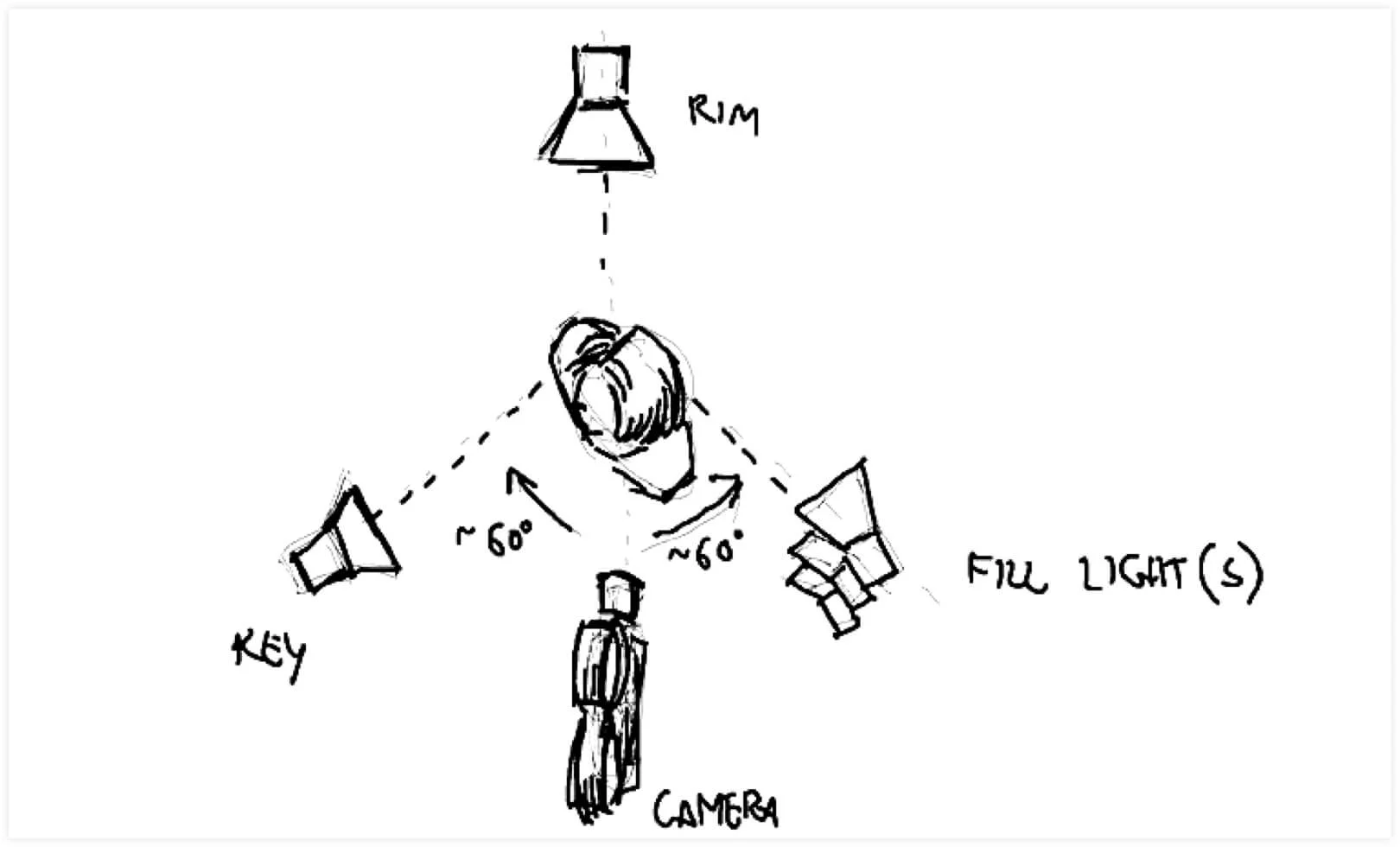
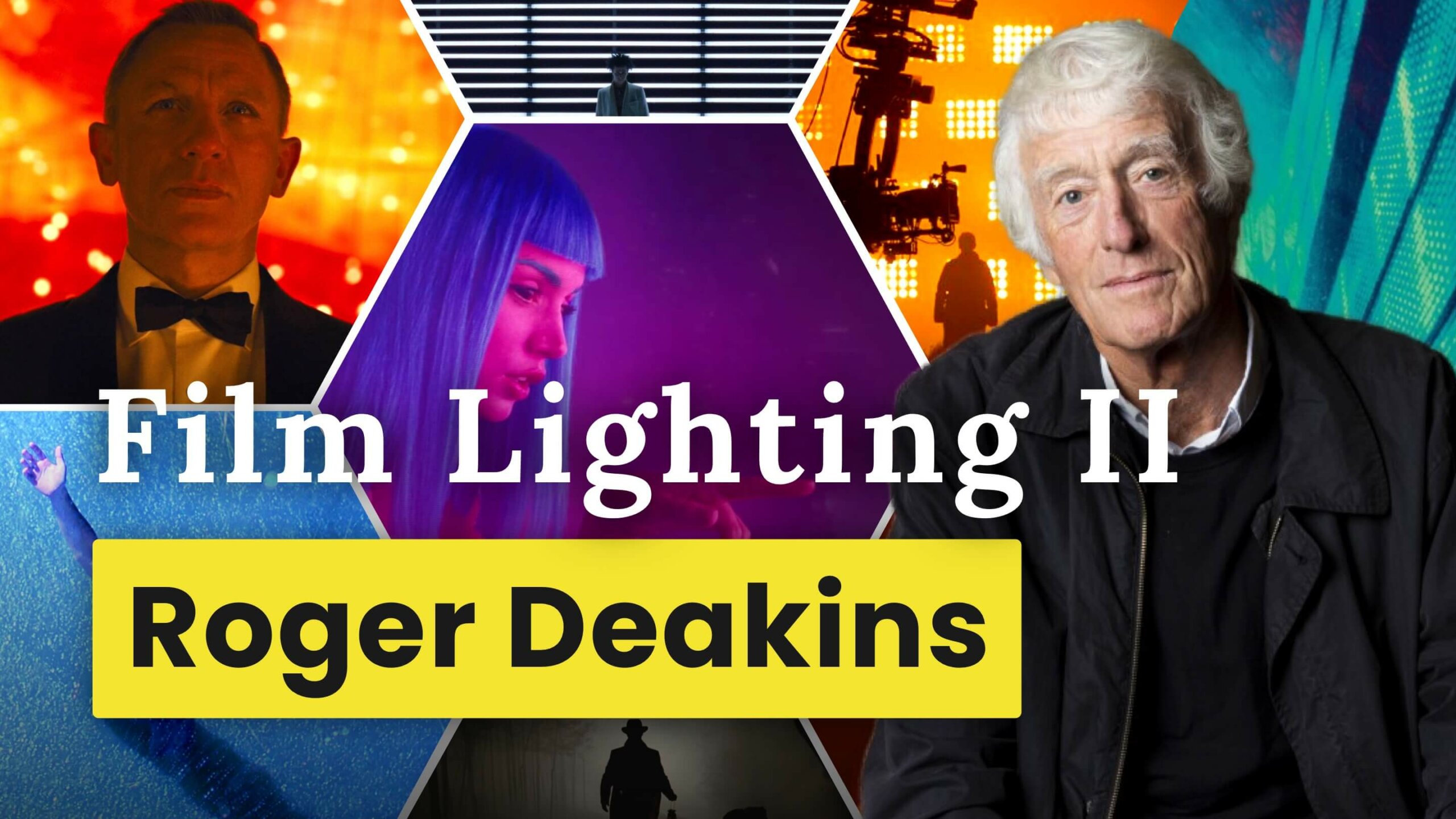
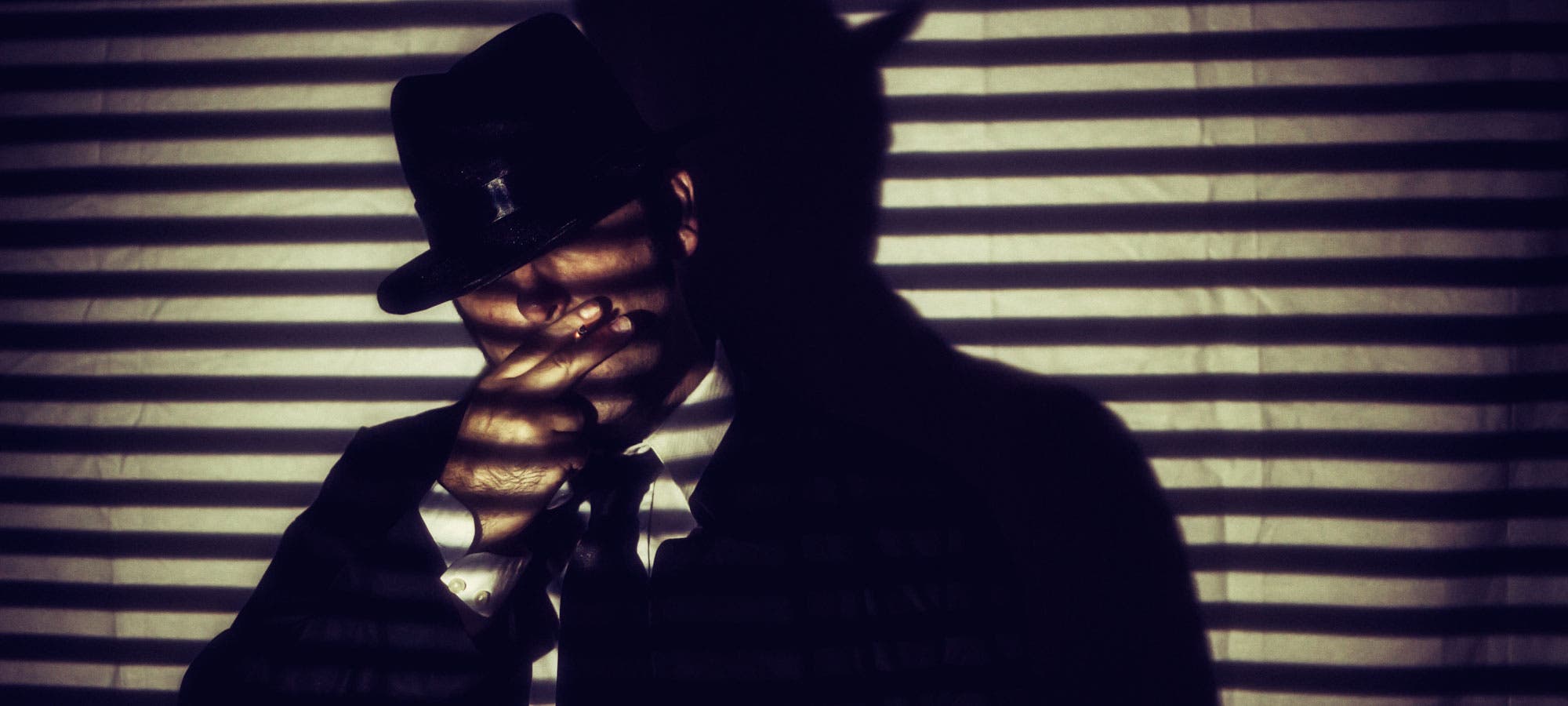
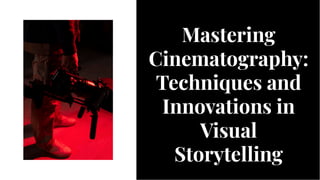


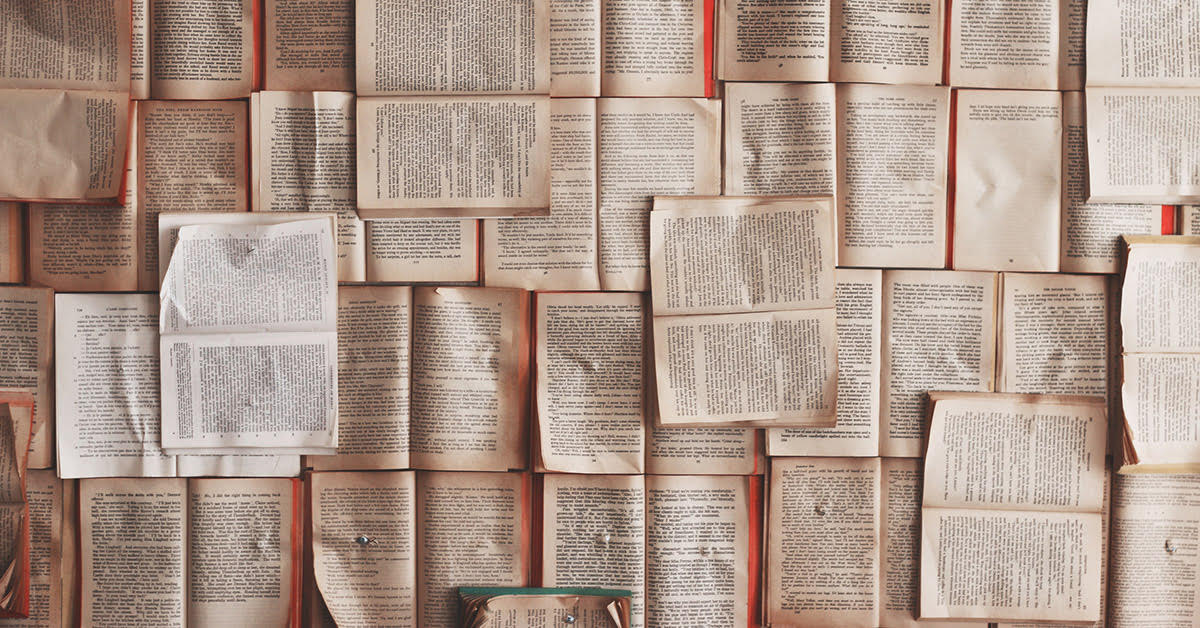

Comments